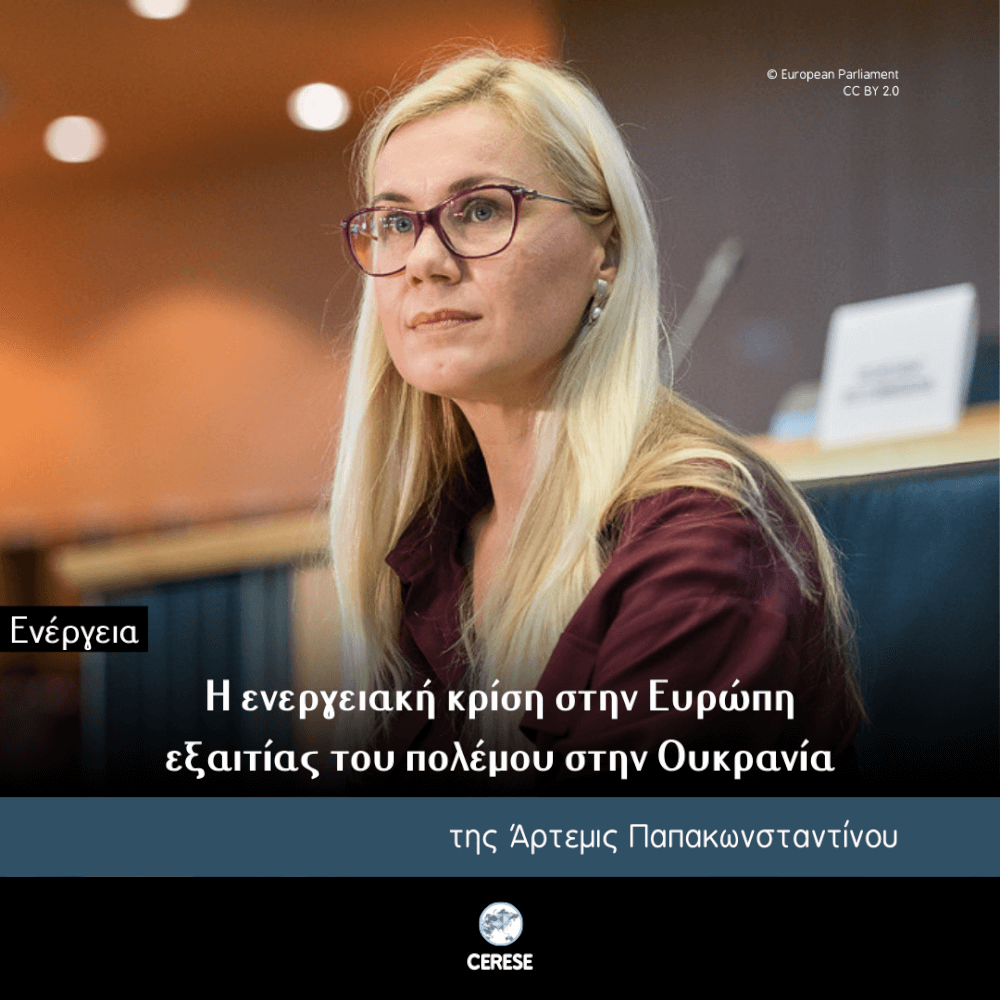
The Taliban 2.0: Navigating through the Chaos
της Aristea Tsamadias
In August 2021, the historical Resolute Support Mission in Afghanistan ceased its functions in the so-called ‘graveyard of empires’ and the Taliban regime rapidly restored its control over the Afghan territory. This article explores how the new Taliban government seeks to maintain its power internally by ensuring international support politically, militarily, and economically. After twenty years of war and dependence on the United States (US) and the North Atlantic Treaty Organization (NATO), the country needs to ensure its viability and therefore needs external support. Besides, new players who played a secondary role in Afghanistan before the end of the NATO-led mission, have an interest in maintaining a level of stability within the Afghan borders in order to avoid its reconversion in a safe haven for terrorist organizations keen to inflict attacks abroad. The article explores the international relations of post-NATO Afghanistan and in particular its need to secure external supporters. It shows that third actors do not exclude the possibility of cooperation with the Taliban regime, which is subject to the government’s stance toward terrorist organizations.
Διαβάστε το πλήρες άρθρο:
Φωτογραφία: “Silhouette of person standing on hill during daytime” by Mohammad Rahmani is marked with Unsplash License.
Οι απόψεις που περιέχονται στο ανωτέρω άρθρο εκφράζουν αποκλειστικά την/τον συγγραφέα του και δεν αντιπροσωπεύουν τις επίσημες θέσεις του Ινστιτούτου Διεθνών Σχέσεων ή των ερευνητών του.




